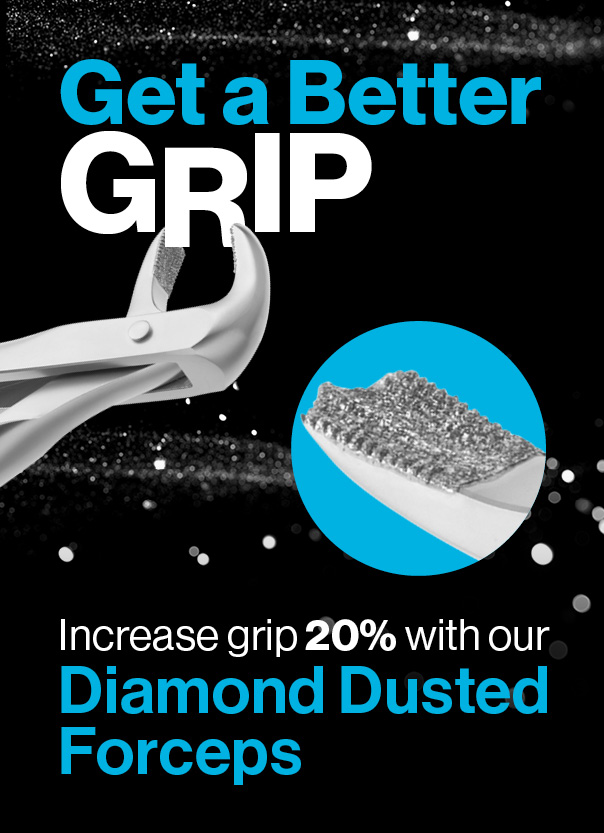Ultrasonic Insights - Tenth Edition
HOW TIP GEOMETRY IMPACTS PERFORMANCE
This special edition of Ultrasonic Insights features Tip Shape Q&A with Hu-Friedy Key Opinion Leader and Ultrasonics Expert, Nancy Miller. Nancy is a practicing clinician in General practice and a clinical technical advisor for Hu-Friedy Manufacturing and other companies.
I’ve noticed that magnetostrictive tips come in different shapes, is there a reason for this?
Most clinicians don’t notice that magnetostrictive ultrasonic tips come in many diameters, widths and geometries. These differences affect the performance of the tip and its ability to remove deposits. Tip geometry should be considered when selecting the proper insert for the job at hand.

How does the geometry of the tip make a difference?
Ultrasonic energy causes a magnetostrictive insert tip to vibrate in an elliptical path. When there is an “edge”, or bevel, on the tip, dispersion of the energy is more concentrated on the edge, resulting in additional available power along that edge. By adapting the energized edge to the deposit, micro fractures in the calculus are created, resulting in more efficient removal of hardened deposits. Meanwhile, tips that are round in cross section allow energy to spread more equally around the tip surface. Regardless of the tip shape, all magneto insert tips provide more robust power dispersion via the concave (inside) and convex (outside) surfaces than the lateral (side) surfaces, however tips with an edge, or bevel, provide focused energy for removal of tough deposits.
How do I decide which tip to use?
Tips that are round or oval in cross-section are better suited for light to moderate deposits, new calculus, and biofilm removal, since these deposits generally can be removed without the power boost provided by an edge or bevel. Tips that are triangular, square, or diamond in cross-section are more efficient at removing hard deposits and heavier stain, due to the surge of the energy wave along the edge.
Can you sum up what tip geometry has to do with performance?
Since new, lightly mineralized calculus or biofilm accumulations do not adhere as tenaciously to tooth surfaces, using inserts with round cross-section tips is appropriate. These tips are effective and efficient for deposit removal, and their round shape facilitates easier manipulation around the tooth surfaces. Concentrated energy associated with bevels or angled edges results in a tip design that transfers energy more efficiently. Additional energy is required to dislodge mature, tenacious calculus without burnishing, hence why tips with angular shapes or edges are ideal for tenacious calculus and in-calculated stain. Applying tips with edges to stubborn deposits makes our work easier, and help us achieve a surface free of residual, burnished deposits.

